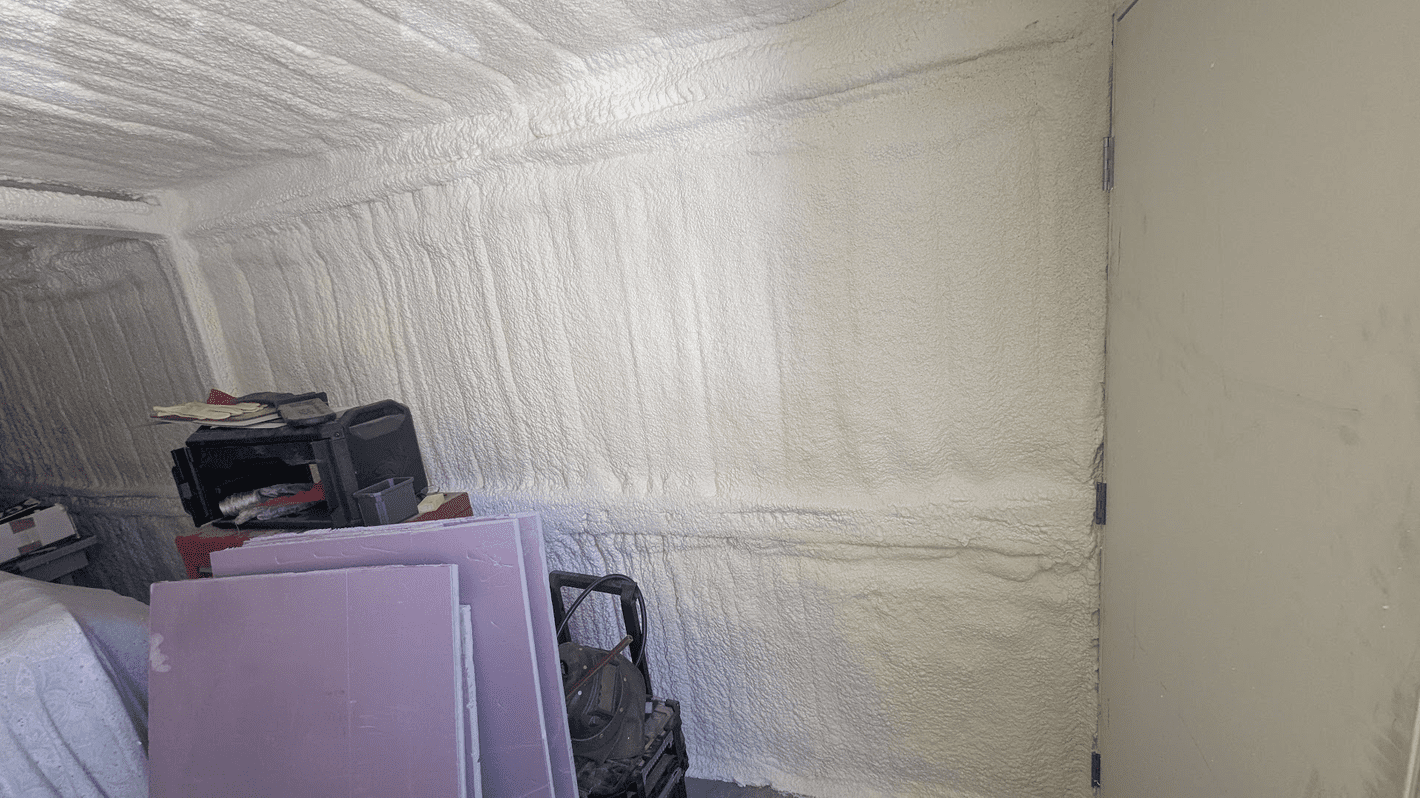What is spray foam insulation?
Spray foam insulation is a liquid foam that's sprayed into position and sets to form an insulating layer. It can be used to insulate your roof, loft, walls, floors and more. It's been in use for more than 30 years and has become increasingly popular, despite criticism, because it offers insulation and may also stop air leakage.
Two Types of Spray Foam Insulation
Open-Cell Spray Foam: This foam is more flexible and lets air move through it. It's lighter and cheaper, great for walls and attics.
Closed-Cell Spray Foam: This Closed-Cell Spray Foam foam is denser, offering better insulation and sealing. It's best for places needing strong thermal and moisture protection, like roofs and foundations.


